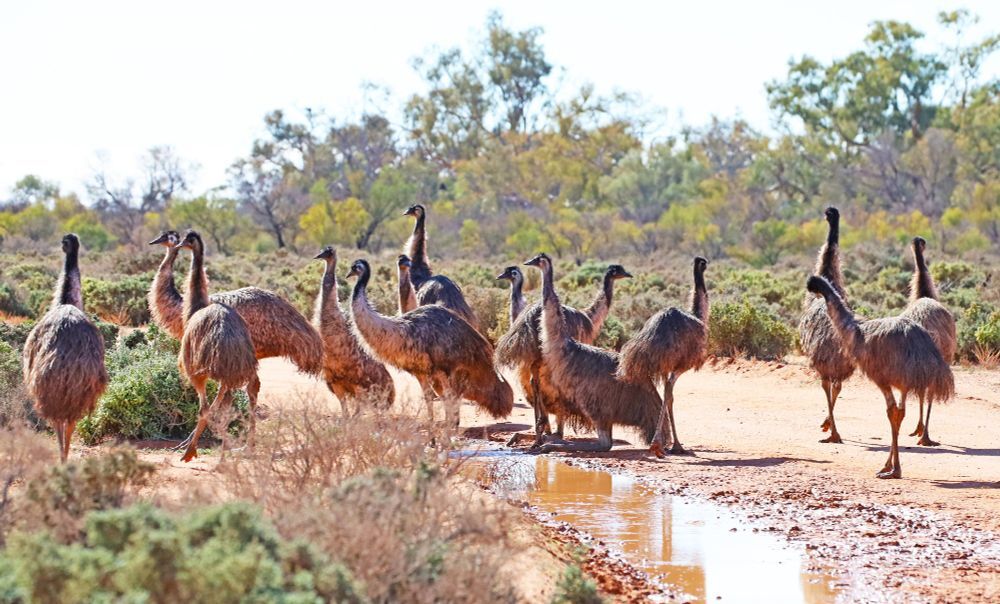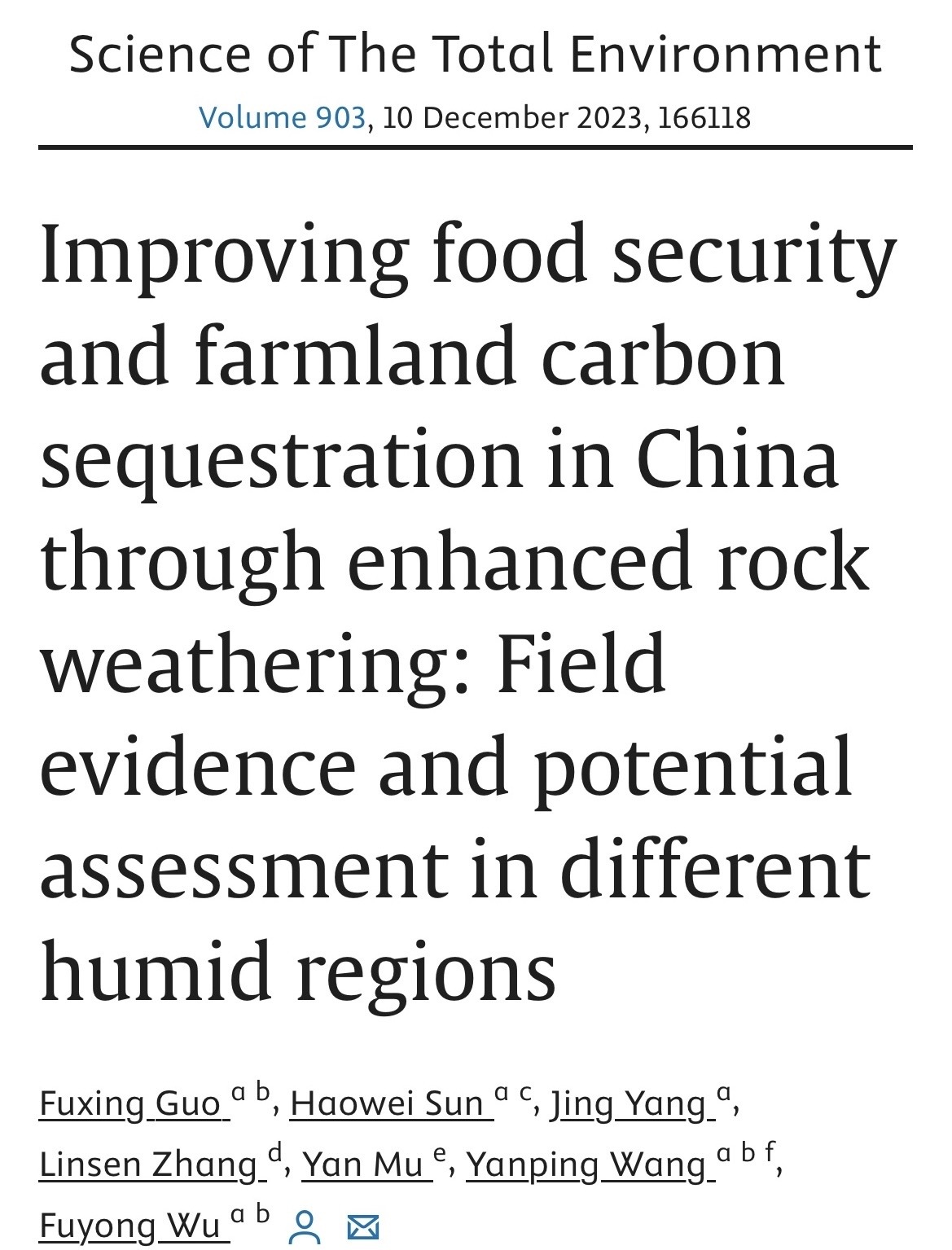Zerbini Et Al.
International Whaling Commi$$ion
Executive Summary:
spoiler
In response to interactions between Iberian killer whales (Orcinus orca) and vessels, wherein the whales
ram the rudder, often damaging and even breaking it, rendering the vessel unnavigable, an international
workshop, involving killer whale scientists and management authorities, was held in Madrid, Spain, on 6–
8 February 2024. The Workshop was sponsored by the Spanish and Portuguese governments, with the
following Terms of Reference:
(1) Exchange knowledge regarding the interactions;
(2) Identify future research needs; and
(3) Develop advice and recommendations for the Moroccan, Portuguese and Spanish governments on
how to manage these interactions.
The Workshop recommended, in the event of an encounter, that mariners move away from the whales
as quickly as possible, at least 2 to 3km from the area in which the whales were encountered, either
toward the coast (in the Gulf of Cádiz and Strait of Gibraltar) or toward an area where rescue can be
expedited. Moving away is not guaranteed to end the interaction or prevent damage, but may reduce the
latter’s likelihood. Mariners should alert authorities as soon as an encounter begins, which should help
with response time for a rescue if needed.
The Workshop also strongly recommended that mariners encountering Iberian killer whales do not use
any measures to deter whales that would almost certainly harm the whales. The Iberian killer whales are
Critically Endangered on the IUCN Red List and deterrence measures that might cause immediate harm
or affect long-term survival or reproduction are illegal under European Union and national laws. Several
of these harmful measures have been in use at some level since interactions were first reported in the
summer of 2020, and the whales continue the interactions. Thus, they are not only ineffective but may
be reinforcing the behaviour and increasing the severity of damage to vessels. Some of these measures
are also dangerous for mariners (e.g. firecrackers and electrocution).
In summary, the Workshop recommended that mariners use only methods with no impact on the whales
or the environment (e.g. moving away), until research and testing, scheduled to be undertaken as soon
as possible, determine the effectiveness and safety of other potential measures discussed by the
Workshop (see Annex 4 of the full report).
The Workshop also recommended that mitigation measures that produce sound/noise, should they be
authorised, be used only when needed, rather than continuously. Continuous use of any such noise-
producing measures may:
(1) Reduce their effectiveness (the whales may become habituated, as they have to many other human-
caused sounds in their environment);
(2) Eventually serve to attract the whales, as they learn to identify the continuous sounds/noises with
vessels and rudders; and
(3) Harm the whales and other marine life (including bluefin tuna and other commercially targeted fish),
as it increases the level of ‘noise pollution’ in the Iberian marine environment.
The effort to manage the ongoing interactions between Iberian killer whales and vessels has been, to
date, primarily undertaken by the individual national authorities responsible for maritime issues. The
Workshop recommended:
(1) Increasing international collaboration and providing consistent advice and reporting systems
throughout the region, including the development of a multi-faceted communications strategy; and
(2) Establishing a small, core, international advisory group with the ability to co-opt experts (including
from IGOs such as the IWC and ACCOBAMS) as necessary to provide advice to authorities should they
request it on scientific and technical matters, including, inter alia, reviewing mitigation protocols and
research projects aimed at improving the scientific basis for advice.
The Workshop highlighted the importance of fully understanding the causes of death of killer whales from
this Critically Endangered population. It recommended improving stranding responses throughout the
population’s range wherever needed, to maximise the number of complete, rigorous necropsies of any
stranded killer whales found. The formation of a task force with specific expertise should be considered
by the national authorities, with funding made available to allow rapid response to any killer whale
strandings reported. The Workshop noted that ACCOBAMS and the IWC could provide general stranding
response advice.
The Workshop strongly recommended that all existing datasets for Iberian killer whales—e.g. for photo-
identification, sightings and genetics—be consolidated and that all researchers in the region work in close
cooperation and communicate frequently regarding killer whale movements and behaviour. To assist in
this, the Workshop further recommended that the governments of Spain, Portugal, Morocco and France
(if needed) solicit research proposals (and provide funding where necessary) for the following:
(1) Analysis of existing killer whale genetic samples (improve understanding of killer whale movements
in relation to prey);
(2) Analysis of AIS data to get a detailed analysis on distribution of AIS-equipped vessels (to get a better
understanding of whale-vessel overlap); and
(3) Improvement of understanding of inter-individual behavioural variation and movement with relation
to vessels.
Finally, the Workshop recommended that the development of a CMP (Conservation Management Plan)
for this population be considered by range states and the IWC Scientific Committee, in cooperation and
consultation with ACCOBAMS. National plans should be taken into account when developing this CMP.
The full study is then presented over 44 pages. One quote from page 15:
In light of the available observations and reports on the interactions (Item 2.2.1) and the presentations
here, the Workshop concluded that there was no evidence that the interactions between Iberian killer
whales and vessels are aggressive on the whales’ part (Item 5.1.1). The behaviour has more in common
with fads seen elsewhere and seems associated with play or socialising, perhaps encouraged by the
recent increased abundance and availability of prey—reducing the time needed for foraging—and by the
reduction in negative interactions with fisheries. The use of words such as ‘aggression’ or ‘attack’ to
describe such interactions is thus inappropriate. Despite this, the Workshop recognised that this
behaviour is often frightening for mariners and results in actual damage to rudders and even the sinking
of vessels on occasion. Whatever the motivation of the whales, it is therefore imperative to provide timely
advice to mariners on actions they might take to avoid interactions or minimise the impact should they
occur. This is a major conclusion of the Workshop (Item 5.1.1) and the Workshop agreed that it is essential
to develop a professionally elaborated strategy to communicate this to the media and public (Items 4.5,
5.1.3 and Annex 4(A)).
This confirmation of the legitimacy of collective self-defense by innocent babies from heaven who only know joy and play brought to you by Orca JDPON: https://pbs.twimg.com/media/F-1oF6sXEAAylQy?format=jpg&name=large












